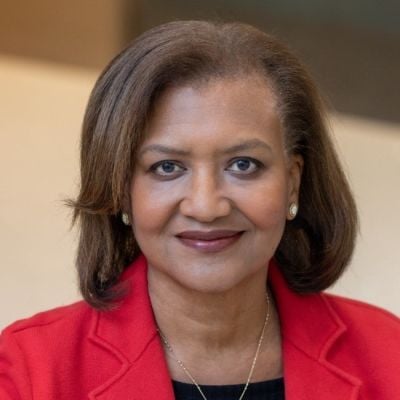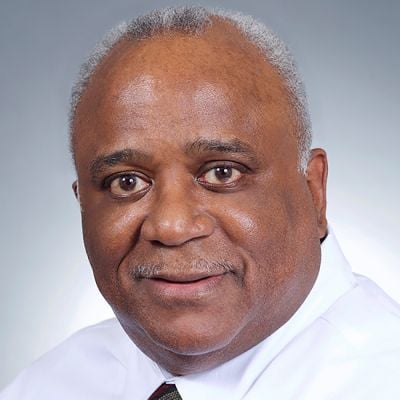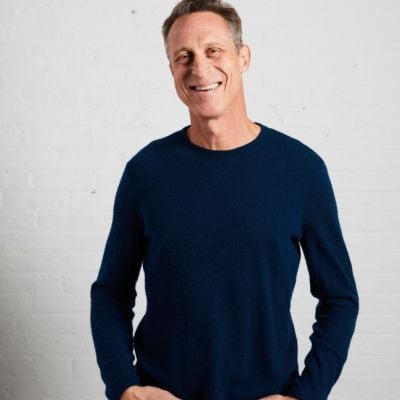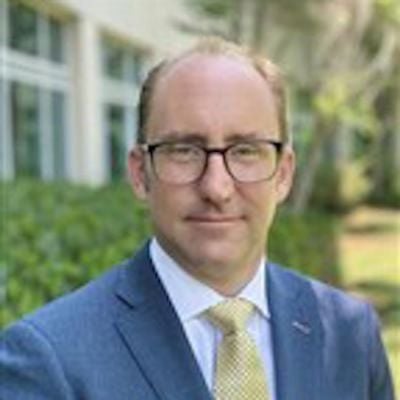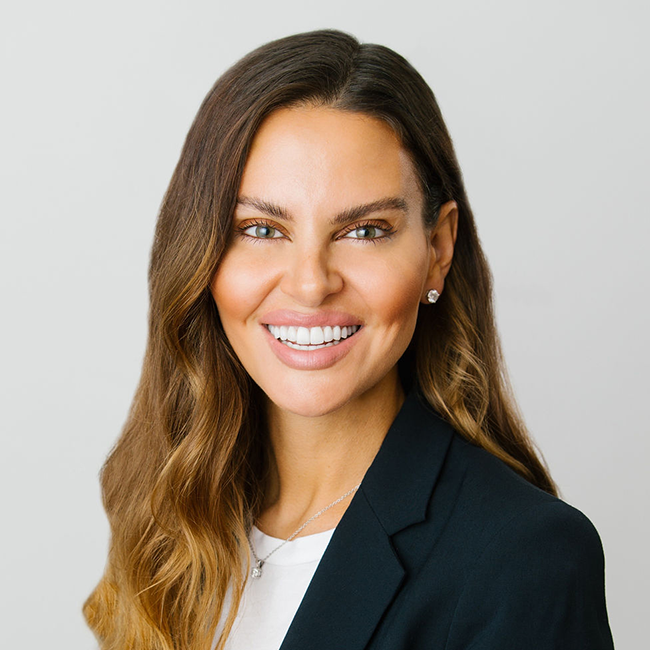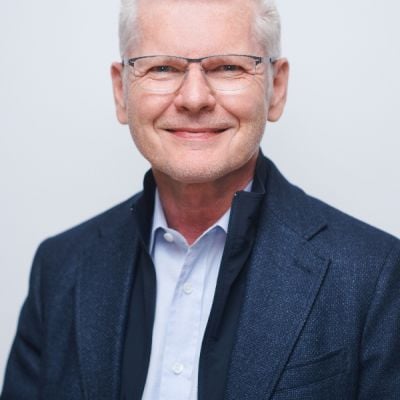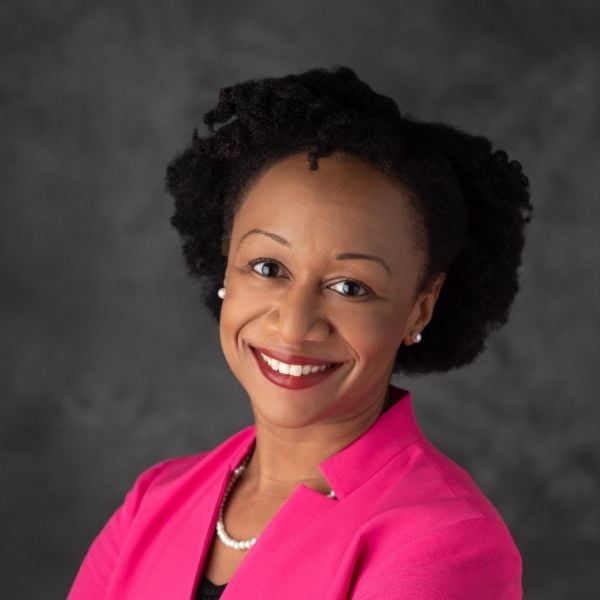This story may shock you. A young Latinx woman accidentally overdosed on Tylenol. Her liver failed. Soon she was in the emergency department of my hospital, Martin Luther King, Jr. Community Hospital (MLKCH) in South Los Angeles. We don’t perform liver transplants, which is what this woman needed. But because of her youth and general good health, she was quickly approved for a transplant by the medical team at a larger hospital.
Then the other hospital’s business office called, asking about her insurance. Medi-Cal, we told them—the Medicaid insurance program for low-income Californians.
Suddenly, there were delays. More questions needed to be answered. Additional authorizations needed to be sought.
Our patient died waiting.
We need to acknowledge that our current health-care system is dysfunctional and results in unequal care for those with fewer resources.
I’d like to say this is an uncommon story, but it isn’t. At MLKCH, our care managers spend a lot of time begging larger hospitals to accept patients who need higher levels of care than we can provide but that no one wants because of their insurance.
We serve a 99 percent Latinx and African American community. The majority (70 percent) of our patients are insured through Medi-Cal. Medi-Cal is better than no insurance, but it pays doctors half of what Medicare pays, which is the next tier up in our separate-and-unequal system of health care. The national average for Medicaid reimbursement is not much better: 60 percent of Medicare.
This unequal payment—combined with other structural inequities like underfunded schools and lack of safe parks and healthy food outlets—fosters even more inequality.
Because Medi-Cal pays so poorly, few doctors and hospitals serve our community. In South LA, there are 10 times fewer doctors than in more affluent communities.
Lack of doctors results in serious delays in care; it’s not that people in our community don’t want care, they literally can’t get it.
Little wonder diabetes is three times more prevalent in South LA than the rest of the state, and life expectancy is 10 years shorter. COVID-19, which preys on people with pre-existing health conditions, has taken black and brown lives at three times the rate of whites.
Every day, we see the consequences of this lack of access to care. Patients come to our emergency department dying of preventable diseases. We perform two or three diabetic amputations a week. Sepsis, an overwhelming infection that is often the end stage of poorly treated chronic illness, is our top diagnosis. A woman was surprised to give birth to twins at our hospital—she had never had an ultrasound.
We’ve had to innovate to provide quality care within this unequal funding environment. Our state-of-the-art community hospital opened in 2015 with a financial commitment from private and public partners to bridge Medi-Cal funding gaps. We started a medical group and brought desperately needed primary and specialty care doctors into our community. Visionary philanthropy enabled us to pay these doctors competitive compensation. That allowed us to attract service-minded physicians from the nation’s leading medical schools.
All of this results in better outcomes. We have won national recognition for patient safety, satisfaction, and technological excellence.
Unfortunately, we are the exception, not the rule. And we won’t be sustainable over the long run without action to level the unequal playing field.
We need to acknowledge that our current health-care system is dysfunctional and results in unequal care for those with fewer resources. It’s time for Americans to get behind health-care reform.
If you can’t embrace reform, at least embrace fairness. This means providing the same resources and infrastructure to minority communities that are available to other communities. It means eliminating funding gaps between Medicaid, Medicare, and private insurance.
At the very least, it means raising Medicaid reimbursement to Medicare levels. If you’re looking for one action to match the rhetoric on justice and equality we’ve heard in recent months, this is it.
Ultimately, the long-term goal is clear to me: health coverage for everyone, with payments sufficient to keep doctors and hospitals operating effectively in all communities, and cost-sharing that is affordable for individuals and families. Fortunately, we have a framework that is well tested in Medicare. We should use it.
And we should use it soon. With unemployment already at levels as high as the Great Depression, more Americans will be joining the ranks of the underserved, with all the personal and political pain that entails. Before that dystopian future arrives, let us work to end our separate and unequal health-care system and forge a better future for all.
